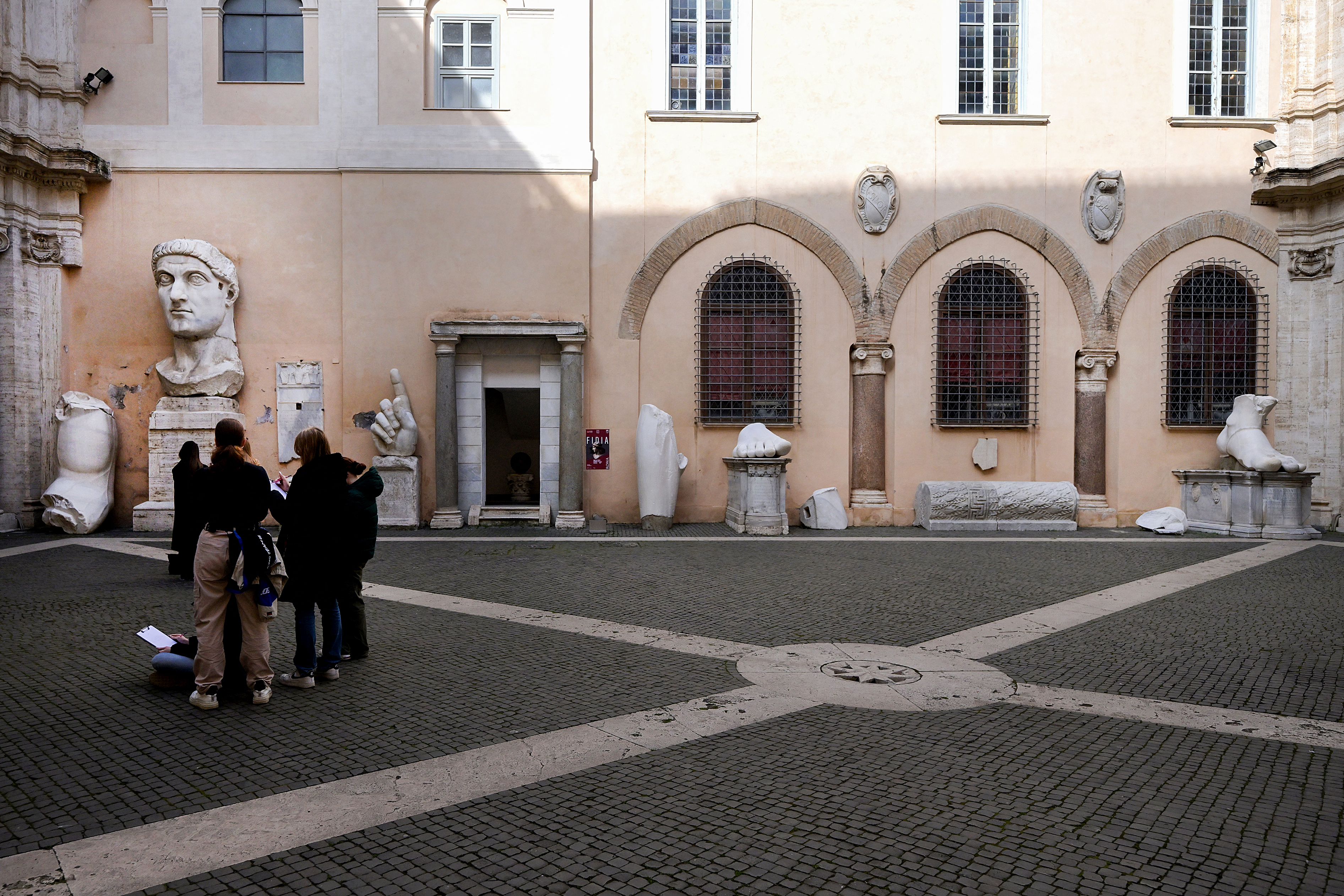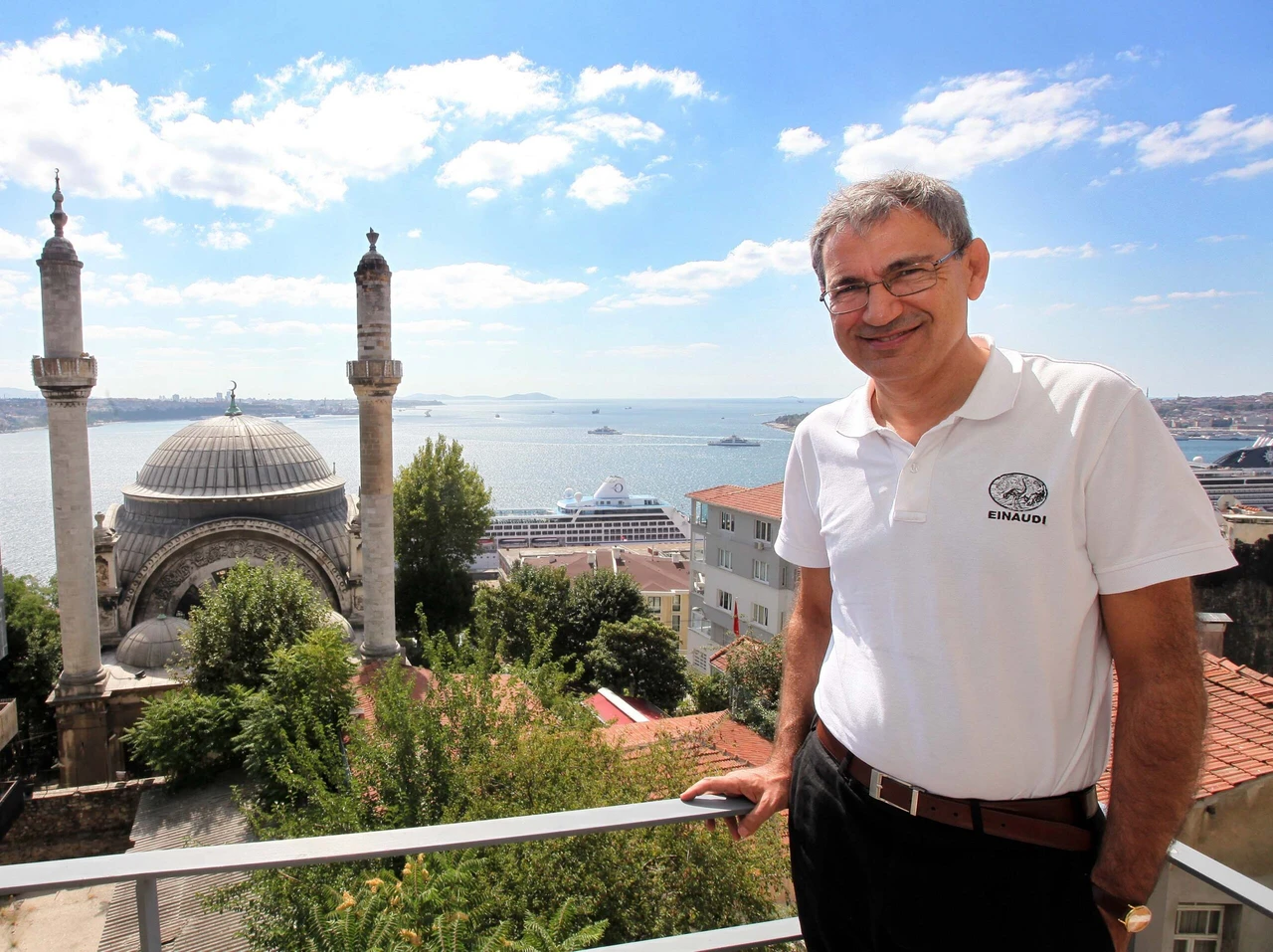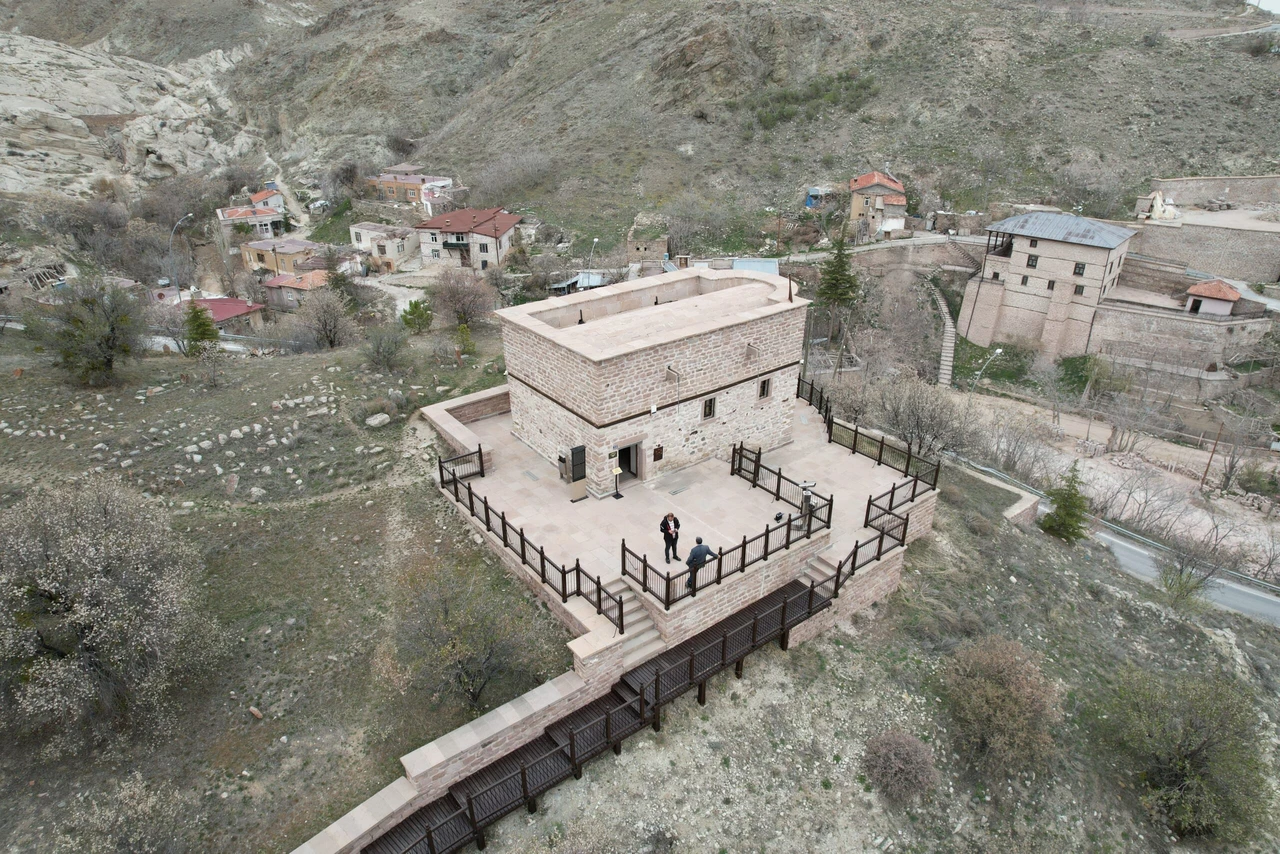Huge statue of Roman emperor Constantine rebuilt

A reconstruction of the Statue of Constantine, using original fragments from the fourth century A.D., goes on display at the Capitoline Museum in Rome
A life-size reconstruction of the statue of Emperor Constantine, who was the first Roman emperor to convert to Christianity and relocated the capital of the empire from Rome to Constantinople, has been restored. This reconstruction used original fragments dating back to the fourth century A.D. It is currently on display at the Capitoline Museum in Rome.
Over hundreds of years, various marble fragments, now on display in the museum on Rome’s Capitoline Hill, together offer a glimpse into the once-majestic figure of the emperor.
Only the head, right arm, wrist, knee, tibia, foot, and parts of the left foot of the statue survived to the present day. A team from the Factum Foundation scanned these parts using photogrammetry over three days in March 2022.

Each fragment was 3D modeled and digitally integrated onto the statue’s body, which was created using comparable statues from the imperial era. Material reconstruction followed this process to complete the statue.
The 13-meter statue, depicting Constantine with a bronze cloak draped over his left shoulder, was unveiled on Feb. 6.

Resin molds of 10 large marble body parts were combined to create a towering statue of Constantine in the garden behind the Capitoline Museum. The statue depicts his naked torso holding a scepter in one hand and a globe in the other.
“The impression of this statue of the emperor reveals what the feeling of his subjects would be in the face of an imperial image,” said Claudio Parisi Presicce, Rome’s top official in charge of cultural heritage.

It wasn’t until the late 19th century that it became widely known that Emperor Constantine was the first Roman emperor to convert to Christianity. He also shifted the imperial seat from Rome to Constantinople before his death in 337.
The statue will be on display here until 2025, but local authorities will decide on its permanent location later.
Source: Newsroom



